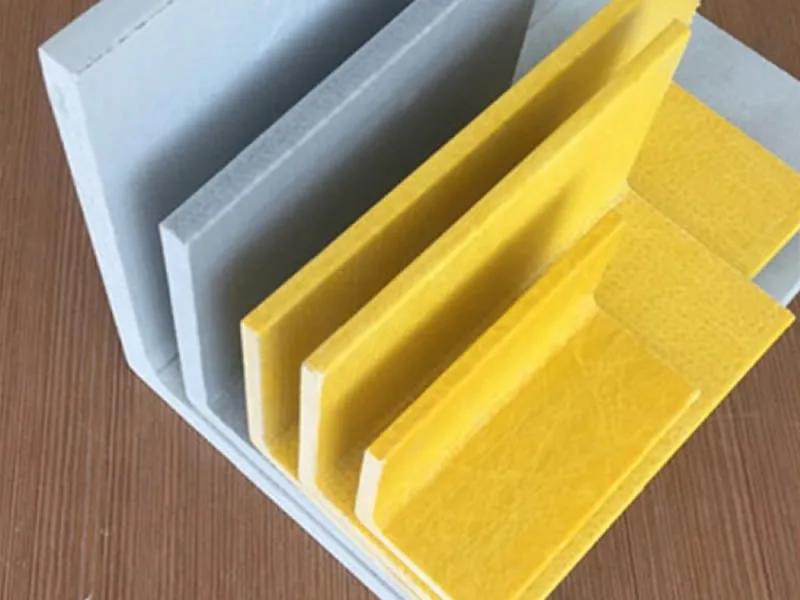Fiberglass angles are a popular choice in various industries due to their durability, strength, and resistance to corrosion. If you’re considering using fiberglass angles for your next project, it’s important to understand the factors that influence their cost. Here’s a breakdown to help you get a clear picture of what to expect.

fiberglass angle cost
What Are Fiberglass Angles?
Fiberglass angles are structural components made from fiberglass-reinforced plastic (FRP). They are commonly used in construction, marine, automotive, and other industries where strength and resistance to harsh environments are essential.
Key Factors Influencing the Cost
- Material Quality
- The quality of the fiberglass material plays a significant role in determining the cost. Higher-grade materials with better strength and durability typically cost more.
- Dimensions and Specifications
- The size, thickness, and length of the fiberglass angles can affect the price. Custom dimensions or unique specifications might require special manufacturing processes, increasing the cost.
- Quantity Ordered
- Bulk orders usually come with discounts. Ordering large quantities can reduce the overall cost per unit compared to smaller orders.
- Manufacturing Process
- Different manufacturing techniques, such as pultrusion or hand lay-up, have varying costs. Pultrusion, for example, is a more automated process and may be cheaper for large-scale production.
- Additional Treatments
- Additional treatments or coatings, such as UV protection or fire retardancy, can increase the cost. These enhancements provide extra benefits but come at an additional expense.
- Shipping and Handling
- The cost of shipping can add to the total expense, especially if the fiberglass angles are large or if they need to be transported over long distances.
- Supplier and Market Conditions
- Prices can vary between suppliers and may be influenced by market demand, availability of raw materials, and other economic factors.
Average Cost Range
The cost of fiberglass angles can vary widely based on the factors mentioned above. On average, you can expect to pay between $2 to $5 per linear foot for standard fiberglass angles. Custom sizes or special treatments can push the price higher.
Tips for Cost-Effective Purchasing
- Compare Fiberglass Angles Suppliers: Get quotes from multiple suppliers to find the best price without compromising on quality.
- Bulk Orders: If possible, order in bulk to take advantage of discounts.
- Standard Sizes: Opt for standard sizes to avoid the additional cost of custom manufacturing.
- Plan Ahead: Factor in potential shipping costs and order ahead of time to avoid expedited shipping charges.
Conclusion
Fiberglass angles are a valuable investment for projects requiring durable and corrosion-resistant materials. By understanding the factors that influence their cost and following some cost-saving tips, you can make informed decisions that align with your budget and project requirements.
By integrating these insights and considering the specific needs of your project, you can optimize your purchase and ensure you get the best value for your investment in fiberglass angles.




























